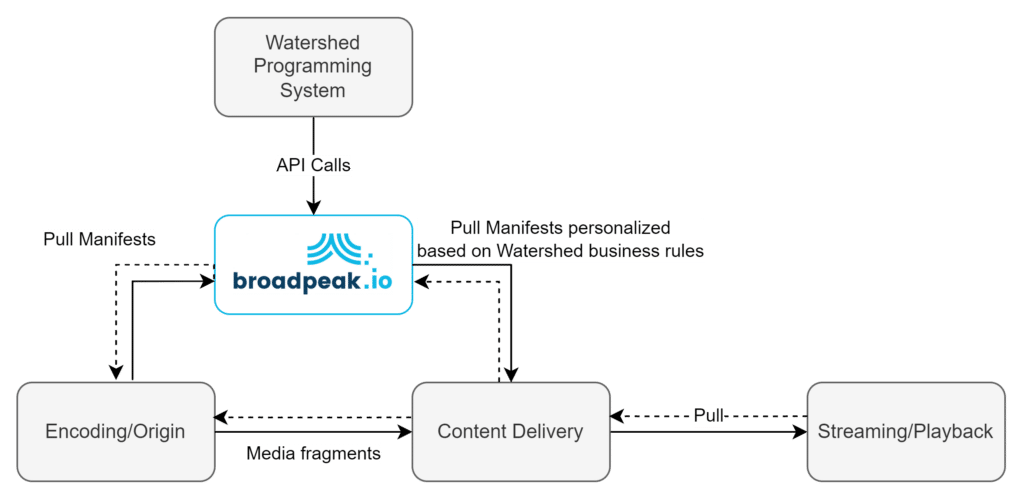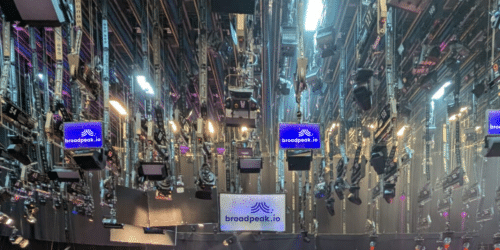In common English, a watershed can be a dividing ridge between drainage areas or simply a turning point.
Well, in the ever-evolving landscape of television broadcasting, the term “watershed” plays a critical role. Often misunderstood, the broadcasting watershed refers to a specific time frame in a day post which content not suitable for children may be aired.
Global Watershed Regulations in Broadcasting: A Varied Landscape
Watershed regulations and guidelines are not consistent across the globe. The implementation and definition of broadcasting watershed vary from country to country, making it complex for broadcasters and OTT service providers to maintain compliance. For instance, France and Italy restrict +18 rated content to satellite, cable, or OTT premium adult channels. On the other hand, some places use two-tier watershed (Hungary) or three-tier (Greece) watershed, and other like England, stipulates a gentle transition to adult material (as per Ofcom requirement).
Parental Controls in OTT Services: A Traditional Solution with Limitations
With the surge of OTT video services, managing watershed timings has become more complex. Indeed, with the new popularity of OTT video services, all kinds of content are available at any time, so it is harder to control the watershed as the viewer is much more in charge of his own viewing schedule.
Traditional solutions like Parental Controls, though effective, lack flexibility and demand proactive customer involvement. More importantly, they don’t always cover scenarios such as children viewing linear TV with their parents, a situation where automatic watershed implementation would be ideal for both security and convenience.
Redefining Watershed Management in OTT
By using the concept of manifest manipulation in HLS and DASH, you can have better control of what is delivered in OTT based on the context of your viewers.
Imagine a linear channel adhering to the watershed guidelines of one country, but you wish to distribute it in another time zone. Manifest manipulation allows the content to adjust to the local time of the viewer, automatically blacking out any content that should be restricted according to local watershed hours. This technique can also be applied to SVOD services, where manifest manipulation can automatically configure specific content restriction during watershed hours and lifted off after.
broadpeak.io can help you achieve that automatically:

Future-Proofing Content Delivery
Not only does broadpeak.io help you conform to current broadcasting regulations, but it also ensures adaptability to rapidly evolving watershed requirements. Through programmatic and automated decision-making enabled by API and audience-based policies, broadpeak.io simplifies the broadcasting process while ensuring future-ready solutions.
Fine-Tuning Content Suitability
Although the main safeguard is to enforce a time based window, one can clearly see a need for a more granular approach (see Channel 4 handbook example). With manifest manipulation, you gain access to a more granular approach for content flagging. Content creators are now able to flag unsuitable content at the program or even scene level, and real-time content replacement becomes an effective tool in protecting younger viewers from unsuitable content.
Securing Your Broadcast with Default Viewing Policy
This also offers a fail-safe in the form of a default viewing policy that considers all end-users as children, providing an extra layer of protection. This ensures that only specified windows for post-watershed hours with the relevant audience(s) are free from restricted programming.
Implementing Watershed with broadpeak.io: A Simple, Effective Solution
Whether you’re a broadcaster or a distributor, broadpeak.io’s content replacement is the perfect tool to enforce watershed. The service offers an enhanced security layer that overrides your default linear content delivery. With our interface, you will easily create your linear sources and schedule your ‘before/after’ watershed slots, ensuring compliance with global broadcasting regulations and safeguarding your viewers from unsuitable content. By using API calls, you can enforce the viewing policies you want and make them evolve in real-time.
Conclusion
In conclusion, the importance of understanding and adhering to broadcasting watershed regulations cannot be overstated. broadpeak.io provides a flexible, user-friendly platform that ensures you deliver the best possible content to your audience while maintaining adherence to watershed guidelines.
By enforcing efficient content distribution policies, broadpeak.io therefore protect your audiences and your brand image. Moreover, in certain countries, regulation authorities are assigning heavy fines and penalties for unlawful or inappropriate content streaming. Adding an additional layer of context aware media delivery is therefore an interesting strategy to minimize exposure to such risks.
Please reach out if you are looking to deploy an easy way to manage watershed! You can even start testing right now by creating an account on broadpeak.io.
Photo by Marco Canepa on Unsplash










